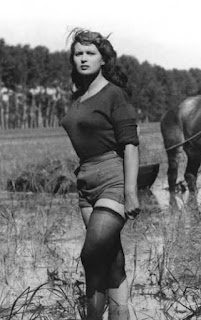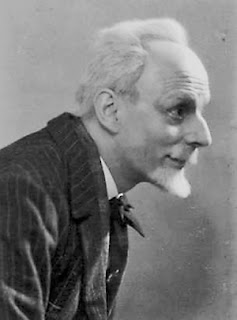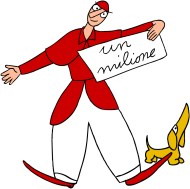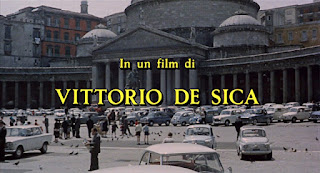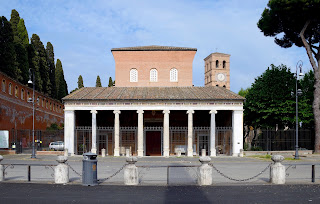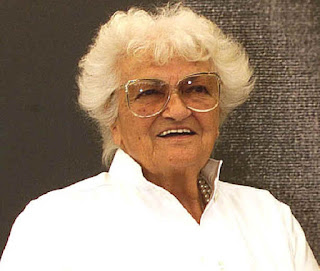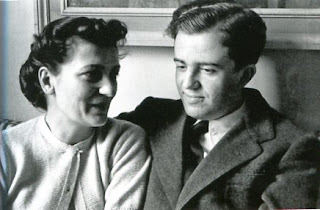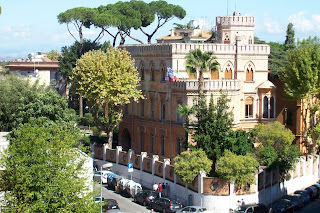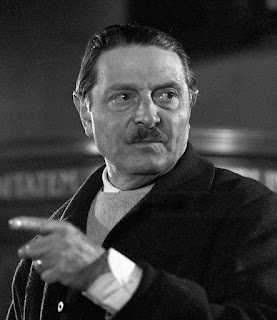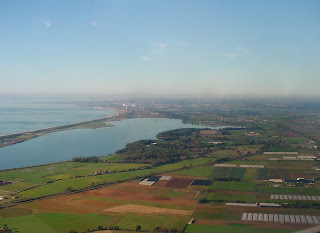Twin sister of tragic star Pier Angeli
 |
| Marisa Pavan (left) with Anna Magnani in The Rose Tattoo |
Pavan’s career ran parallel with that of her sister, who was born 20 minutes before her, but she rejected the re-invention as an ultra-glamorous starlet that Pier Angeli underwent within the Hollywood studio system.
She turned roles down when she felt they did not have enough substance and did not hesitate to sack agents if she felt they were putting her forward for unsuitable parts. She refused to sign up to any one studio.
Her biggest success was The Rose Tattoo, the 1955 film adaptation of a Tennessee Williams play in which she played the daughter of the central character, played by Anna Magnani, one of postwar Italian cinema’s most respected actresses.
Magnani won an Oscar for Best Actress for her portrayal of a Sicilian widow, with Pavan receiving a nomination for best supporting actress at the Academy Awards and although that award went to someone else she did have the substantial compensation of winning a Golden Globe for the role.
The Pierangeli family had left Sardinia for Rome when the twins were three years old as their father, Luigi, pursued his career as an architect. Life began to change for the family in 1948 when her sister, then still known by her real name, Anna Maria Pierangeli, was approached by the famous actor and director, Vittorio De Sica, while walking along fashionable Via Veneto, and asked if she might be interested in a part.
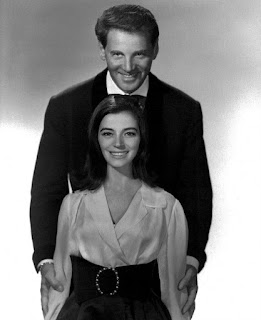 |
| Pavan with her husband, the French actor Jean-Pierre Aumont, in 1965 |
Marisa, who had always been more studious than her sister, had no intention of becoming an actress herself, devoting herself to studying languages and journalism. She nonetheless did follow Anna into the movie business, but only after claiming she was ‘tricked’ into an audition by the producer Albert Romolo ‘Cubby’ Broccoli.
Broccoli invited her to look round the Twentieth Century Fox studios and while visiting one set he gave her a costume to try on and asked her if she would like to show off her language skills by singing a song in French. Thinking it was just for fun she obliged.
The penny dropped only when she spotted an actress she recognised, Anne Bancroft, wearing the same costume. It turned out that among a small number of people on the set was the director John Ford, who hired her for a part in his 1952 comedy drama, What Price Glory, starring James Cagney and Corinne Calvet.
Although she agreed to have a shorter, catchier name for professional purposes - she chose Pavan after a Jewish soldier her family hid from the authorities during the Second World War - that was one of the few ways in her career resembled that of Pier Angeli.
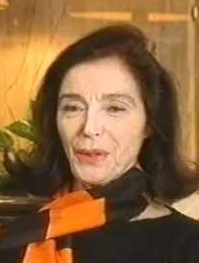 |
| Marisa Pavan has campaigned for Alzheimer's research in recent years |
Married in Santa Barbara in 1956 to the French actor Jean-Pierre Aumont, she raised two sons, Jean-Claude and Patrick, while continuing to act, diversifying into television in the 1960s and 1970s.
After the tragedy of Pier Angeli’s death from a barbiturates overdose in 1971, which continued to work, but increasingly in France, after she and her husband moved to Gassin, in the South of France.
Once her career was effectively over, she devoted much time to URMA (Unis pour la Recherche sur la Maladie d'Alzheimer), an organisation she created to support and finance research laboratories working to find treatments for Alzheimer’s.
She remained close to her sister Patrizia, also an actress, who worked in Paris dubbing movies. Her husband died in 2001.
 |
| The old town of Castello stands above modern Cagliari |
Cagliari is Sardinia’s main port and an industrial centre it is now also a popular tourist destination, with tree-lined boulevards and a charming historic centre, known as Castello, with limestone buildings that prompted DH Lawrence, whose first view of the city was from the sea as ‘a confusion of domes, palaces and ornamental facades seemingly piled on top of one another’, to call it 'the white Jerusalem'.
 |
| The tree-line Via Vittorio Veneto in Rome |
Rome’s Via Vittorio Veneto, more often known simply as the Via Veneto, is traditionally one of the most famous, elegant, and exclusive streets in the city, the home of many expensive hotels and of chic cafes where the famous and those who wanted to be famous would hang out, particularly in the 1950s and 60s. Much of the action in Federico Fellini's classic 1960 film La Dolce Vita took place in the Via Veneto area. The street was actually named to commemorate a the victory of Italian forces at the Battle of Vittorio Veneto towards the end of the First World War.
More reading:
The brilliance of Oscar winner Anna Magnani
How Fellini became Italy's most famous film director
Marcello Mastroianni - star who immortalised Rome's Trevi Fountain
Also on this day:
1918: The death in action of World War One fighter pilot Francesco Baracca
1932: The birth of Hollywood film star Pier Angeli
Home


